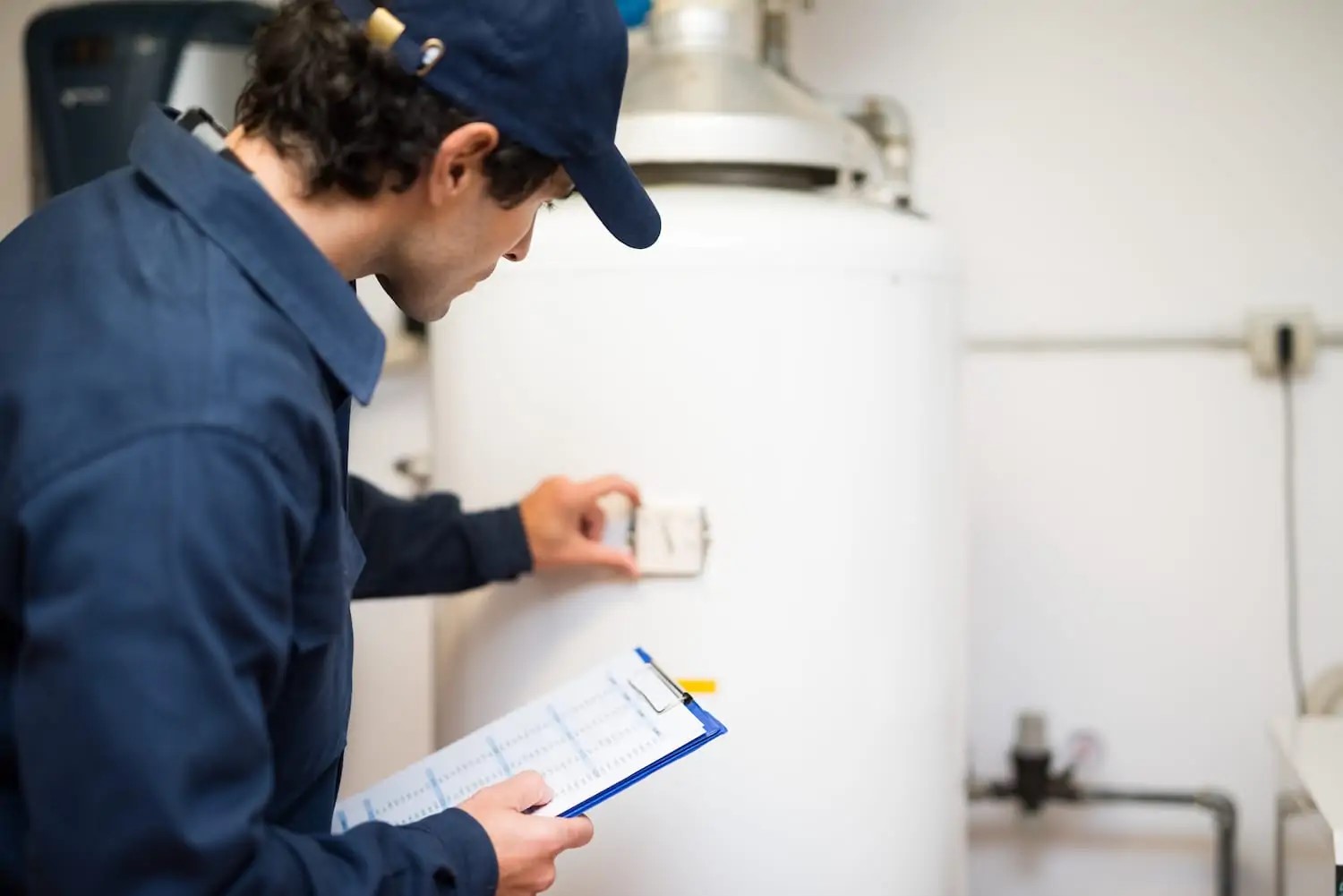Building codes can vary from city to city, but all serve the same purpose. The extensive list of rules and provisions list the minimum requirements for the design and construction of a residential or commercial building. Buildings that don’t adhere to local code are considered unsafe and are in need of an update. In severe cases, it’s better to demolish old structures instead of spending the time and money on costly repairs or replacements.
The city of Seattle adheres to a Uniform Plumbing Code that covers everything from plumbing fixtures to water heaters. Storm drainage, potable rainwater systems and sustainable water practices are also addressed in the nearly 250-page document. A .pdf file is available online for reference.
Common Code Violations
While older buildings are the most common culprit of building code violations, even modern homes can end up breaking the rules if the contractors who built the home were negligent or sloppy when installing piping and plumbing fixtures. Frequent violations include:
- Improper drainage slope: Drainage pipes are designed to take waste water away from a home and deliver it to the city’s sewer system. Most do this using the power of gravity; pipes are sloped to drain water towards the street. If the drainage pipes are not installed at the proper degree of slope, waste water might not drain properly and could flood back into the building.
- Not enough space around the toilet: While it might seem like a silly rule, most building codes require that any toilet in a building must be at least 15 inches away from the wall. The distance is measured from the toilet’s center, not the edge of the bowl.
- Inadequate or inaccessible cleanouts: No matter how effective a drainage system is, it will likely get clogged at some point. When this happens, homeowners and plumbers must be able to clean out their drainage pipes. Buildings without enough cleanout valves, or cleanout valves that can’t be easily reached, are at risk of a pipe rupturing.
- Poorly installed pressure/temperature relief valves: A building’s water heater provides a steady supply of warm water for washing clothes, dishes and bodies. A thermostat controls the temperature to make sure the water doesn’t get too hot and a pressure-relief valve exists to prevent a buildup of water vapor. If either of these systems are broken, outdated or installed incorrectly, a water heater can quickly become a dangerous liability.
- Incorrect directional change fittings: Whenever water needs to change direction through your pipes, the proper pipe fitting is needed to ensure the water goes where intended. Using the wrong fitting could cause an obstruction or leakage.
Trained and Licensed Seattle Plumbers
Most homeowners aren’t aware their home plumbing system violates building code until it’s too late. The only way to be sure your water system is working properly is through a comprehensive plumbing inspection. South West Plumbing makes inspection and repairs easy by working around your schedule. Contact us today to schedule a service appointment.
https://www.seattle.gov/documents/departments/sdci/codes/plumbingcode/2018seattleplumbingcode.pdf









